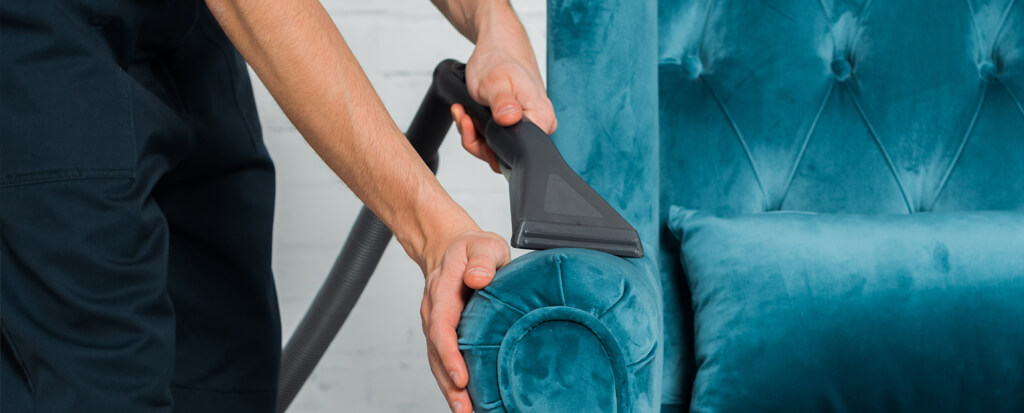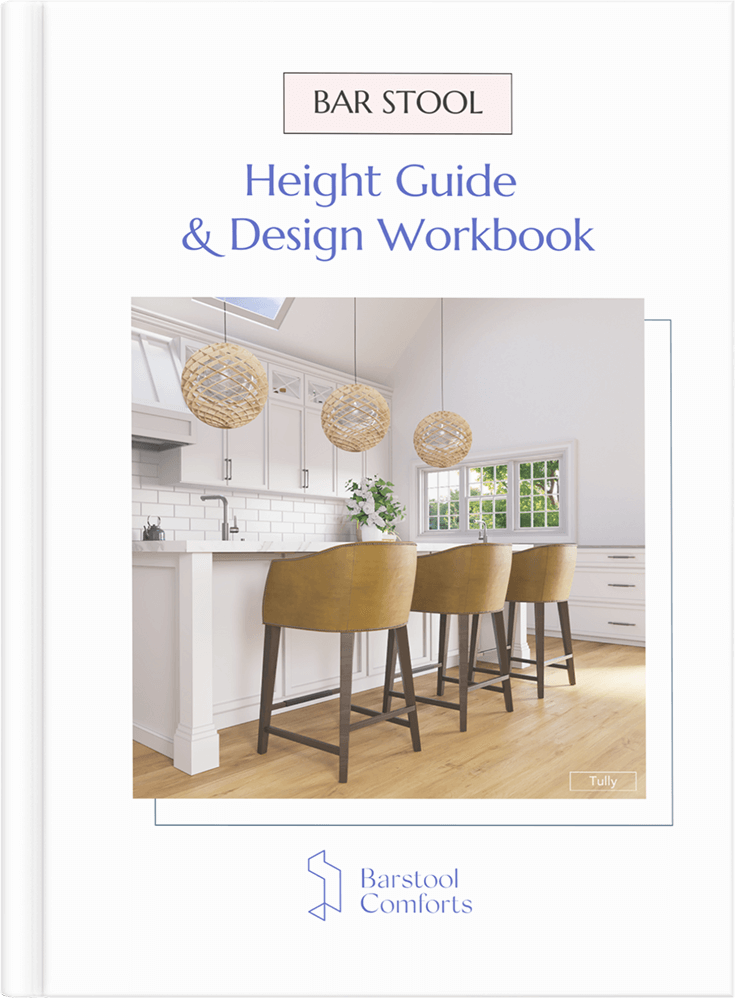In this article, we’ll share professional tips and effective cleaning techniques that will help you tackle any challenge, ensuring your chairs remain a clean and inviting part of your home décor.
Whether you’re dealing with everyday dirt or unexpected messes, our guide has got you covered.
How Often to Clean Upholstered Chairs
The frequency of cleaning upholstered chairs varies depending on the type of use and exposure to dirt, but here are general guidelines:
- Immediately: Spills and stains should be cleaned immediately to prevent them from setting deeper into the fabric.
- Weekly: Regular vacuuming of upholstered chairs and couches should be done weekly to remove dust and loose soil.
- Seasonally: Stain removal and overall upholstery cleaning should be performed on an as-needed basis or at least seasonally to maintain the appearance and longevity of the fabric. Additionally, seasonal deep cleaning (or as needed) is recommended to address any accumulated dirt, stains, or allergens.
Pre-Cleaning Preparation
Upholstery Cleaning Codes
Each cleaning code on upholstery tags provides guidance on the safest way to clean the fabric without causing damage. Here’s what each code means:
| Code | Meaning | Additional Information |
|---|---|---|
| W | Can be cleaned with water-based cleaning solutions. | It’s safe to use a mild detergent dissolved in water for cleaning spills or stains on these materials. |
| S | Should only be cleaned using a dry cleaning solvent. Avoid water-based solutions. | Water-based solutions should be avoided as they might damage the fabric or cause discoloration. It’s essential to ensure the room is well-ventilated when using dry cleaning solvents, and to keep them away from open flames. |
| WS | Can be cleaned with either water-based cleaners or solvent-based cleaners. | Offers more flexibility in the choice of cleaning methods, allowing you to tackle a wider range of stains. |
| X | Should only be cleaned by vacuuming or professional cleaning. No water, solvents, or foam cleaners. | No water, solvents, or foam cleaners should be used as they can cause damage or staining. This is often seen on more delicate fabrics that require special care. |
Following these guidelines can help maintain the appearance and longevity of upholstered furniture.
Gather Cleaning Supplies
For All Types of Upholstery:
- Vacuum Cleaner with Upholstery Attachment: Essential for removing dust, pet hair, and other debris from the fabric surface.
- Microfiber Cloths: These cloths are gentle on all types of fabrics and great for blotting spills or applying and removing cleaning solutions.
- Soft-Bristled Brushes: Useful for gently scrubbing stains without damaging the fabric.
- Sponges: Ideal for applying water-based cleaning solutions or solvents, depending on the fabric’s cleaning code.
For Water-Based Cleaning (Code W and WS):
- Mild Dishwashing Liquid: A gentle, effective cleaner when mixed with water.
- Bucket or Bowl: For mixing cleaning solutions.
- Handheld Electric Mixer or Whisk: To create foam from a dishwashing liquid and water mixture, which can be used to clean the fabric without soaking it.
For Solvent-Based Cleaning (Code S and WS):
- Dry Cleaning Solvent: Check the label to ensure it’s suitable for your type of upholstery.
- Well-Ventilated Room: Necessary when using any type of solvent to avoid inhaling fumes.
For Vacuum-Only Cleaning (Code X):
- Lint Roller or Fabric Shaver: Helpful for removing surface lint and keeping the fabric smooth without the need for wet cleaning.
Additional Supplies That May Be Helpful:
- Baking Soda: A natural deodorizer that’s great for freshening up upholstered furniture.
- Enzyme Cleaner: Especially useful for pet stains and odors.
- Protective Gloves: To protect your hands when using cleaning solvents or if you have sensitive skin.
Optional:
- Steam Cleaner: For a deep clean that also sanitizes, suitable for certain types of upholstery. Always test in an inconspicuous area first.
How to Clean Fabric Chairs
Step 1: Vacuum the Chair
Begin by removing dust, pet hair, and other debris from the fabric chair using a vacuum cleaner equipped with an upholstery attachment. Make sure to vacuum all surfaces, including under cushions and in crevices, to ensure a thorough clean.
Step 2: Check Cleaning Codes
Locate the chair’s cleaning code tag to determine the appropriate cleaning method. This could be W (water-based cleaners), S (solvent-based cleaners), WS (either water-based or solvent-based cleaners), or X (vacuum or professional cleaning only).
Step 3: Spot Clean Stains
For chairs that can be cleaned with water or solvent cleaners, spot clean any stains by applying a small amount of the recommended cleaner to a cloth and gently dabbing the stain. Avoid rubbing to prevent the stain from spreading.
Step 4: Apply Upholstery Cleaner
Depending on the chair’s fabric cleaning code, apply a suitable upholstery cleaner over the fabric’s surface. Use a soft-bristled brush or sponge to lightly work the cleaner into the fabric if necessary, following product instructions for the best results.
Step 5: Rinse (If Applicable)
For water-based cleaning, gently rinse the fabric with a clean, damp cloth to remove any soap residue. Ensure the cloth is not too wet to avoid saturating the chair’s cushioning.
Step 6: Dry the Chair
Allow the chair to air dry completely before using it again. Avoid direct heat or sunlight, which can damage the fabric. You can use a fan to circulate air and speed up the drying process.
Tips to Keep Upholstery Clean Longer
- Regular Vacuuming: Make a habit of vacuuming your upholstered furniture weekly using the appropriate attachments. This routine removes dust, crumbs, and other debris that can wear down fabric fibers over time.
- Treat Spills Immediately: When spills occur, act quickly to blot the spill with a clean, absorbent cloth. Avoid rubbing, as this can push the spill deeper into the fabric. Prompt action can prevent stains from setting and becoming more difficult to remove.
- Keep Pets Off: As much as we love our pets, their claws and fur can be tough on upholstery. Consider providing pet beds or designated chairs to keep pets comfortable and off your furniture.
- Avoid Direct Sunlight: Position your furniture away from direct sunlight or use window treatments to block out harmful UV rays that can fade and weaken fabric over time.
- Apply Fabric Protector: After a deep clean, applying a fabric protector can help repel stains and spills, making future cleaning easier. Ensure the protector is suitable for your upholstery type and follow the application instructions carefully.
Explore Our Dining Chairs
Now that you’re equipped with these tips on how to clean upholstered chairs, feel encouraged to explore our diverse selection of chairs.
Whether you’re seeking something classic, modern, or uniquely stylish, maintaining your new find will be a breeze with the knowledge you’ve gained.







